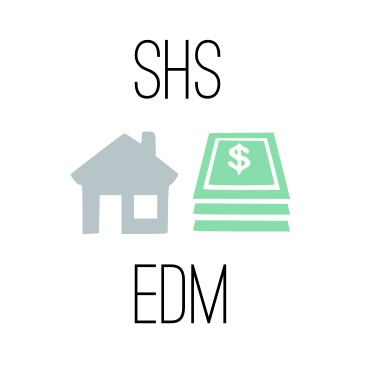The main purpose of the survey is to obtain detailed information about household spending as well as limited information on dwelling characteristics and household equipment.
The SHS primarily collects detailed information on household expenditures. It also collects information about the annual income of household members (from administrative data files), demographic characteristics of the household, certain dwelling characteristics (e.g., type, age and tenure) and certain information on household equipment (e.g., electronics and communications equipment). The survey is conducted annually in the 10 provinces and usually every other year in the territories.
The SHS combines a questionnaire with recall periods based on the type of expenditure (1, 3 or 12 months, last payment, four weeks) and a daily expenditure diary that selected households complete for two weeks following the interview. As well, data collection is continuous throughout the year.
The survey adjusts collection methods and reference periods to accommodate respondents' ability to provide accurate information. In general, longer reference periods are used for goods and services that are more expensive or purchased infrequently or irregularly. On the contrary, shorter reference periods are used for goods and services that are of less value or purchased frequently or at regular intervals.
SHS data are used at Statistics Canada by the System of National Accounts, in particular as input to calculate the gross domestic product (GDP). The data also helps to update the proportions (weights) of the Consumer Price Index (CPI). In addition, many federal and provincial government departments and ministries use the data to develop social and economic policies and programs. Various groups use them to address issues directly or indirectly related to Canadians' spending habits.
